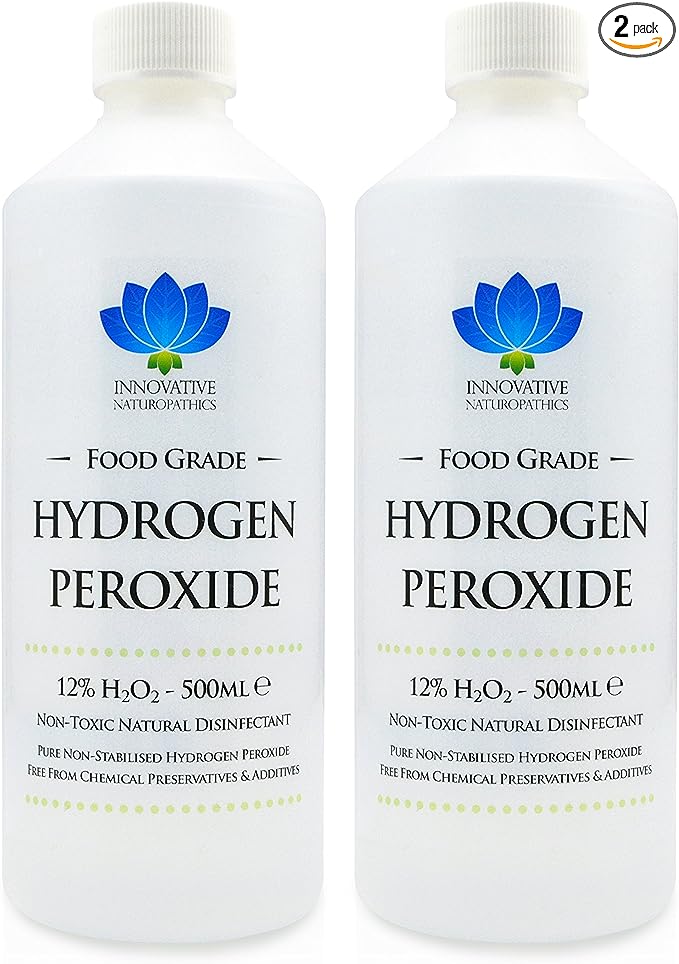Ice baths have been gaining a lot of popularity recently, not just among athletes, but now the average person can access the mental and physical benefits that cold water therapy brings. A common question people have shortly after getting their new cold plunge is what makes the ice bath water cloudy and how to clear it.
Keeping our ice bath clean is vital to maintain good hygiene when practicing cold water therapy. If you don’t keep on top of your cleaning you increase the risk of skin irritation and infection from contamination buildup.
In this article, we’ll be going over reasons as to why your ice bath water is going cloudy. Included are also steps you should take to help keep your ice bath clean. Following this information will help prolong the time between water changes and be confident in the hygiene of your ice bath!
Table of Contents
Reasons behind cloudy ice bath water
Cloudy water in your ice bath is typically caused by the breakdown of particles in the water. These particles can be things such as impurities, minerals, and residues.
Just because the water is cloudy does not necessarily mean that there is a high level of harmful bacteria in the water, but at the very least it certainly doesn’t look inviting when you want to have an ice bath.
If the cloudiness in your water is due to harmful contaminants and bacteria, then this is something that needs immediate attention. It’s vital that the water you bathe in is clean and safe. Otherwise, you run the risk of irritation, infection, or illness.
Typically cloudy water in ice baths can be caused by:
- Bacteria or algae growth
- Unideal pH levels
- Breakdown of debris
- Hard water
Of course, the best way to know just how harmful your ice bath water may be is by using a testing kit. There are various testing kits you can use, ranging from simple pH level and hardness level kits to bacteria tests. Detecting pH levels can be done fairly cheaply and can be important if you are using chlorine or bromine to clean your water.
Testing for bacteria may be overkill unless you are really concerned e.g. cloudy water occurring quickly. Otherwise simply following the steps outlined in the next section should fix your cloudy water for longer.
If you already use a filtration system in your ice bath, then it’s worth double-checking the state of your filter to ensure it is still filtering contaminants as intended. If you have particularly hard water in your area, then this can also cause cloudy water, in which case a water softener would be recommended.
Steps to keep your ice bath clean
Here are some important steps you can take to ensure you minimise the risk of bacteria growth in your ice bath.
Deep clean
It might be tempting to skimp on the physical cleaning part when changing the water but I recommend a deep clean every time you do change the water. It only takes 15 minutes but it really helps the water last longer, as most of the bacteria will be removed before filling up again.
Deep cleaning an ice bath is simple. All you need is a cleaning solution such as bleach spray or washing up liquid and a durable cloth. A stiff brush really helps with stubborn marks. Simply rinse, spray, and scrub until it’s all clean. Make sure to rinse the dirty water out.
Upgrade your hardware
If you’re not happy with how long your water is lasting in between changes, then you can look at upgrading your hardware. There are lots of options you can take when it comes to maximising ice bath water hygiene.
Some of these include:
Water circulation is key to keeping your ice bath water clean, so many people start off with a pump and filter. UV filters are also an effective way to sanitize your water. Ozone generators are typically more expensive but can be extremely effective at oxidizing water. To learn more, visit the linked articles above.
UV filter

Water pump with filter

Maintenance Products
There are some excellent water maintenance products you can use to sanitize and oxidize your ice bath water. Bromine tablets slowly kill bacteria and contaminants in the water and can self-clean when used with a floating dispenser.


Hydrogen peroxide is commonly used as an oxidizer, bleaching agent and anti-septic but it’s incredibly effective in cleaning ice baths. This inexpensive product is a low-effort way to keep your ice bath cleaner for longer.

Keep yourself clean
The fewer bacteria in your ice bath the better, which means keeping yourself clean before you get in is important to prolonging the life of your water. Make sure to avoid getting debris in your ice bath from places like the bottom of your feet, by wearing shoes before getting in.
Take a quick shower before you get into your ice bath to wash off bacteria and dirt from your body.
Prevent debris
Random debris and organic matter in your ice bath, will break down and shorten the amount of time your water will stay clean for. Keeping debris out is important, and simple to achieve.
If your ice bath is outside, make sure it has a lid to keep things like leaves and bugs out. If you still manage to get debris in your ice bath even with a lid then you might be interested in getting a skimmer. A simple net will be effective in removing unwanted debris from your ice bath every other day.

Enjoy your ice bath
Once you have a good maintenance schedule in place, keeping your ice bath hygiene on point becomes much easier. Implementing some of the steps above will give you peace of mind that your ice bath is clean for safe use. Giving you more time to spend enjoying the ice bath and its benefits, instead of time spent cleaning it more often!



Leave a Reply